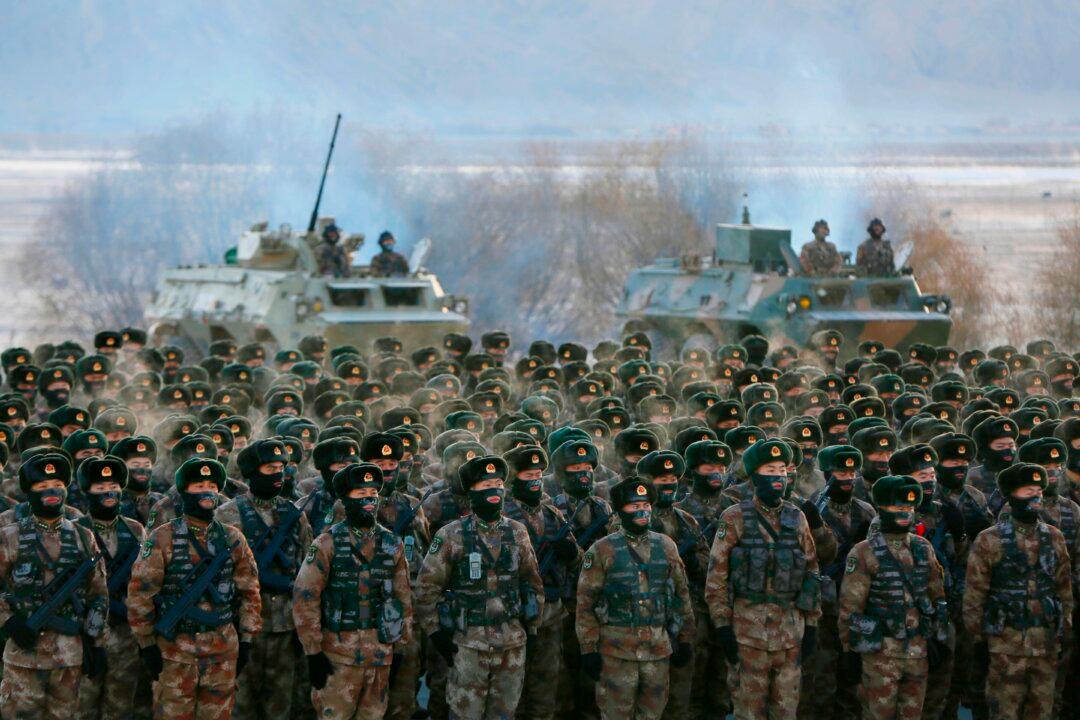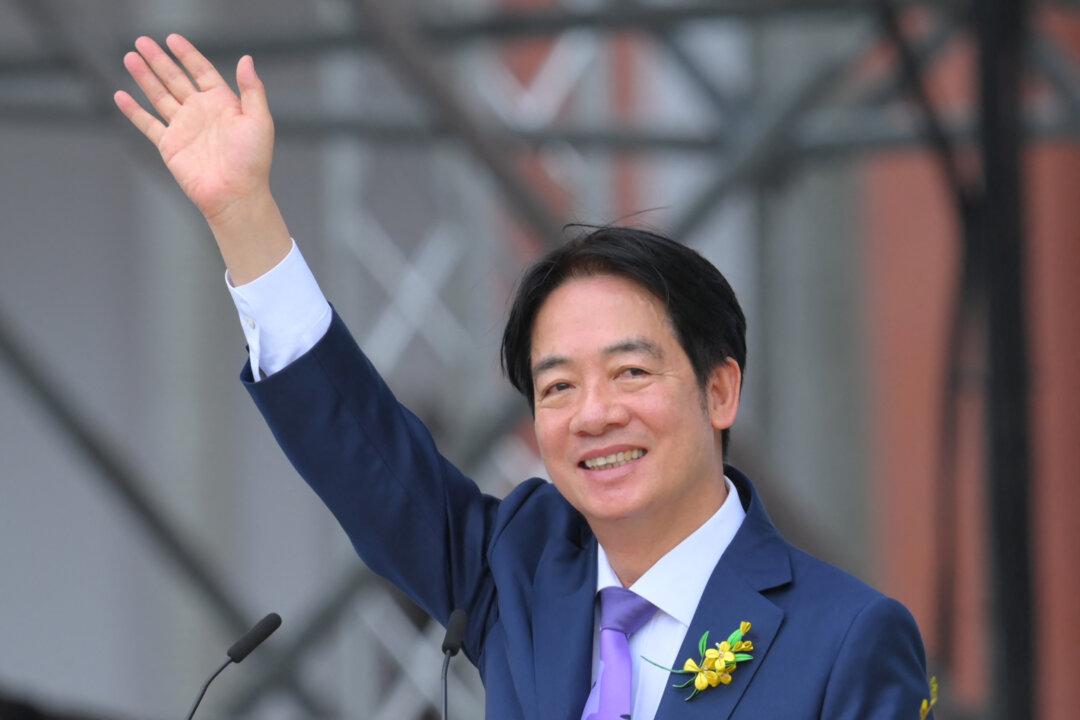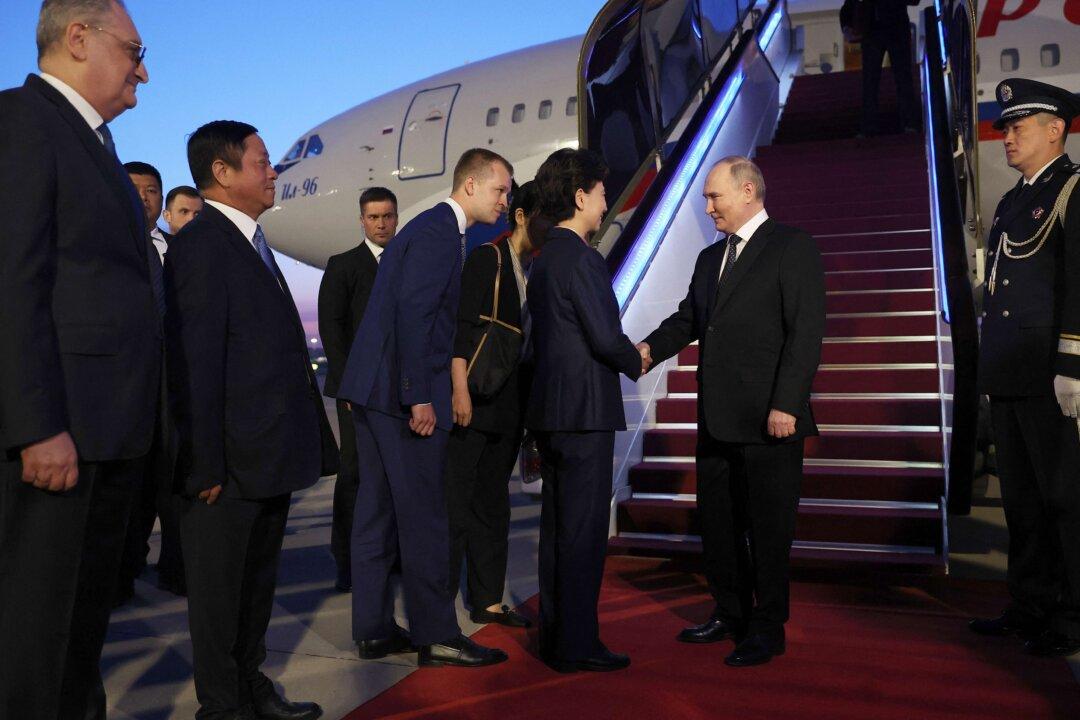The value of Newsham’s book is its explanation of the multifaceted forms of communist China’s belligerence before kinetic war commences. Befitting his 40-year career in the Marine Corps and U.S. Department of State, Newsham carefully surveys the battlefield. He documents how the Chinese Communist Party (CCP) has been waging an offensive war against the United States and its allies for decades. Beijing has taken advantage of its one-sided war to place the U.S. global position, military, economy, and society in dire straits and on the cusp of defeat if there is no adequate response.
In his valuable account, Newsham explains how China maneuvered the United States into its precarious position through its strategy of unrestricted warfare to dominate the United States. Newsham’s discussion of the CCP’s goal and its application of unrestricted warfare will allow all audiences to understand Beijing’s Olympian ambitions to control international politics and its multifaced, multi-vectored, and simultaneous unrestricted warfare attacks against the United States and its allies.
The avenues of attack have been myriad and unrelenting. They include political warfare, and a subcategory, psychological warfare. Newsham argues that psychological warfare is the most important form of warfare. This discussion captures how Beijing influences the opponent’s conception of China and its objectives. For the CCP, this has been supremely successful.
In one of the book’s key insights, he identifies that a key salvo in psychological warfare has been to convince Americans that the Chinese regime is not a threat. That message—repeated by so many on Wall Street, Silicon Valley, universities, media, think tanks, foundations, and far too many in the United States, as well as state and local governments—has been a coup for the CCP. It has prevented any response to China’s prodigious growth for decades and remains potent today, as the debate surrounding a ban on TikTok captures.

Newsham notes that when the argument is made that, in fact, the Chinese regime is a threat, an existential threat, as ample evidence indicates, the response is to coerce those who clearly perceive the threat. These attacks are often couched in accusations of racism or that Beijing is defensive and only responds to U.S. aggressive actions to encircle it. It is due to the efforts of Newsham’s book and others that such mendacity will be overcome.
But political and psychological components are only a part. The CCP also employs lawfare to gum up the works, employs U.S. laws against its own national security, and prevents an effective response, all the while Beijing acts without legal reciprocity. Newsham’s discussion of lawfare in the context of the South China Sea is particularly valuable.
The CCP works to undermine and replace international norms of state behavior, as well as international organizations like the United Nations and Interpol. The CCP conducts chemical warfare through fentanyl to poison hundreds of thousands of Americans and disrupt millions of lives. It carries out economic warfare to drain the health, creativity, and robustness of the U.S. economy through intellectual property theft and outsourcing manufacturing, forcing the decline of domestic energy while advancing China’s trade through the Belt and Road Initiative. Financial warfare targets the U.S. dollar for replacement as the world’s global reserve currency with untold results for the U.S. economy, global economy, and U.S. power. China’s military, including its cyber warfare capabilities, is growing stronger annually, and Beijing’s defense spending increases, even at a time when its economy is struggling.
One of Newsham’s steely insights is to state that none of the CCP’s actions over the last 40 years should have surprised U.S. decision-makers, analysts, or the public. It is the nature of the communist regime that controls China. For example, Newsham documents how the regime advanced its goals in the South China Sea. First, it passed the 1992 Law on the Territorial Seas and the Contiguous Zone, justifying its illegitimate and illegal claim to most of that sea. At the time, it was not taken seriously as China did not possess the military power to enforce it. It can now—through the string of island bases and coercion against the Philippines and Vietnam. Newsham writes: “The Chinese were very clear about their intentions early on; we just chose not to believe them.”

That captures the problem Newsham identifies well. As China rose, too few considered its strategic consequences and labored to prevent it. The Pentagon’s Andrew Marshall was one. But lucre and the political influence it bought won the day over strategy. Poignantly, Newsham dedicates the book to “those who were right about the Chinese Communist Party and tried to warn us.” Just so.
For Newsham, Chinese aggression is an ever-present danger, and he submits convincingly that the CCP will aggress when it believes it has the best chance of winning. He anticipates that Beijing will choose to aggress that bloodies the United States and humiliates it in the perception of Washington’s allies. Thus, presenting the United States with the choice of nuclear escalation or accepting China’s suzerainty.
To counter this, Newsham’s concluding chapters explain how the United States may defend and counter the Chinese regime’s aggression. This includes employing its prodigious political warfare capabilities against Beijing. It also requires the defense of Taiwan, securing U.S. supply chains, working with allies and partners, and other strategic steps that are sharply presented.
Newsham has accomplished in his book’s structure and execution what is supremely difficult to do. He has provided a reasoned, insightful, and comprehensive analysis of the Chinese regime’s aggression and generated important recommendations to halt it before it occurs. There is the opportunity to do so, and Newsham’s excellent study has illuminated a path.





